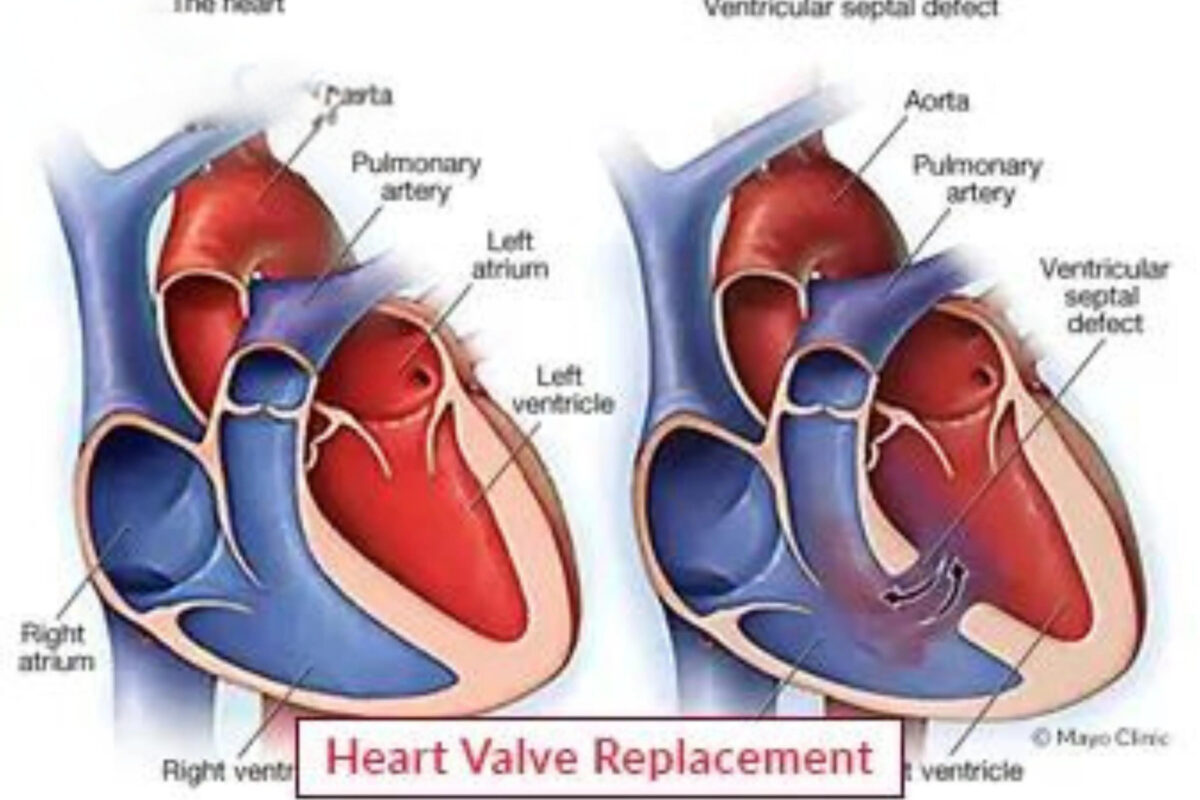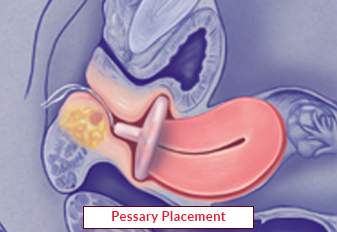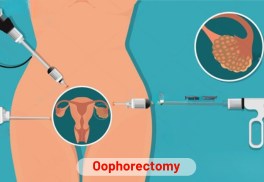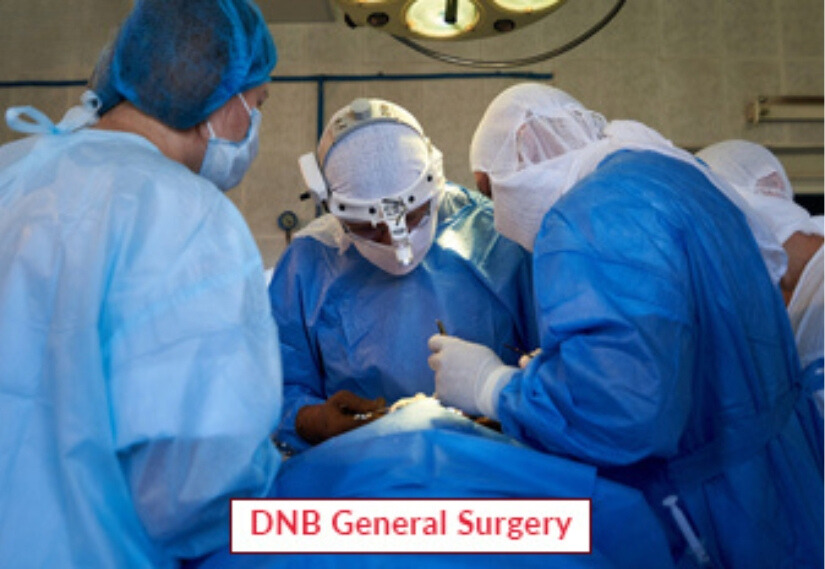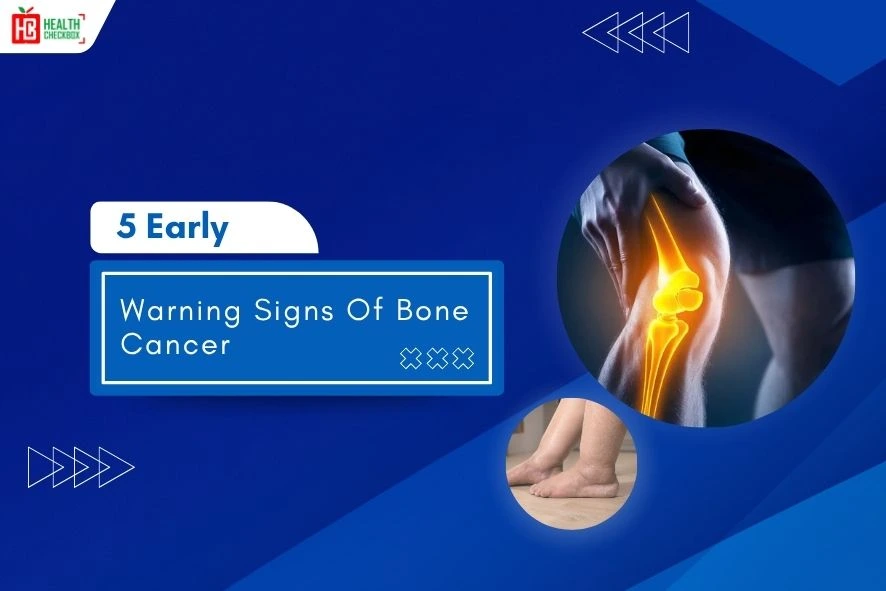Kyphoplasty is a minimally invasive procedure for treating vertebral compression fractures in the spine. These fractures or injuries, which can cause intense back pain, deformities, etc., happen when the vertebral body, a block of bone in the spine, collapses under excessive pressure or for other reasons. The lower thoracic spine experiences these fractures more frequently than other regions of the spine. They might develop into kyphosis, a disorder marked by a bowed spine, if these issues are not resolved.
The goal of kyphoplasty is to restore the backbone to its natural position by injecting bone-bonding material into the damaged bone and utilizing an inflated balloon. Patients may be relieved from pain, immediately after the surgery. And they are able to resume their regular activities in a matter of days. Kyphoplasty surgery treatment is very helpful for the ones who have not responded well to conservative measures like braces or painkillers.
Types of Kyphoplasty Surgery
There are two chief techniques used in this activity. Each of them has a unique strategy:
1. Balloon kyphoplasty
- It involves placing a balloon into the broken spinal cord and inflating it for cavity formation. This aids in the vertebra’s fixing of height and shape. Bone cement is poured into the space to merge the bone once the balloon has been removed. The goal of this method is to stabilize the spine and restore its height.
2. Non-balloon kyphoplasty
- In this case, a cavity is made in the backbone without the use of a balloon, usually with a ball or net. After the cavity is made, PMMA is poured into it to fix the fracture and decrease the pain. It is a minimally popular medical process, but can be used in some conditions where the balloon does not work.
Who Would Be An Ideal Fit for Kyphoplasty Surgery?
Those who suit the following benchmark are the best candidates for this surgery.
- Individuals who have recently suffered from trauma, or injury-related spinal fractures.
- People who have VCF and suffer from severe persistent back pain.
- The ones who are suffering from osteoporosis.
- People whose everyday activities and mobility are severely obstructed by back pain.
- A person who has tried medication, physical therapy, or bracing without success is said to have failed other previous treatments.
- Candidates who can safely undergo a minimally invasive procedure and are in good general health are considered healthy enough for surgery.
Benefits
This surgery offers several advantages for individuals with VCF. Here are some of its important pros:
- Quickly reduce or eliminate back pain caused by spinal fractures.
- It also helps in restoration of height.
- This is a minimally invasive process because it requires smaller cuts and has a quicker recovery time.
- It is not liable for any physical therapy after the operation.
Risks of Kyphoplasty Surgery
There are several latent risks which are inter-related with this surgery. These are listed below:
- Infection
- Cement leakage
- Damage of nerve
- Allergic reaction
- Breathing problems
- Cardiac issues
- Back pain
- Tingling
- Numbness
- Weakness
Signs & Symptoms of Kyphoplasty
Patients may encounter the following typical symptoms and adverse consequences following surgery:
- Bruising
- Mild discomfort
- Infection like pus or redness
- Fatigue
- Soreness at the incisions area
If patients suffer from the above-mentioned signs or symptoms at the operated area. Then they should contact their healthcare provider immediately.
Procedure of Kyphoplasty Surgery
Before the Process
- In order to verify whether a broken back is present, a medical professional will do imaging tests, such as
- MRI scan
- CT scan
- X-ray
- Patients are recommended to avoid eating or drinking for a few hours. And to quit certain drugs, such as blood thinners.
During The Procedure
- In accordance with the requirements of the medical situation, moderate sedation or general anesthesia is given to the patient by the medical team.
- After that, the patient lay face down on the operation table. A small cut is made on the back of the patient via which a narrow tube is inserted with the help of continuous X-ray movie.
- Through the tube, a bone tamp is placed inside the damaged back bone. The bone is subsequently raised again by inflating the balloon, which also makes room for the bone cement.
- One should first deflate the balloon and then remove it carefully. After this, bone cement is injected into the cavity. Rapid cement hardening stabilizes the vertebra and stops additional collapse.
- Following the cement injection procedure, the cut is sealed with the help of a bandage.
After The Process
- Following treatment, patients will be brought to a recovery area where they can briefly rest.
- Tolerants can usually return to their normal activities within a few days.
- They should avoid performing strenuous exercises.
- Follow-up appointments are scheduled to monitor recovery progress.
Latest Health Tips
Can Immunotherapy Cure Stage 4 Lung Cancer?
Early Signs of Cervical Cancer
Foods that Kill Cancer: Leafy Vegetables, Grains, & More
What Stage of Cancer is Immunotherapy Used For?
Which is Worse for Cancer, Sugar or Alcohol?
Vaccines That Prevent Cancer
What Kills Cancer Cells in the Body Naturally?
5 Early Warning Signs of Bone Cancer
Submit Your Enquiry
Testimonials









